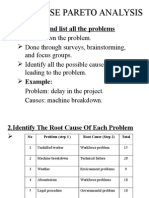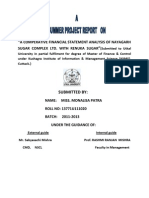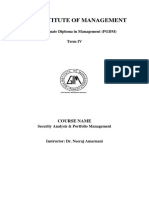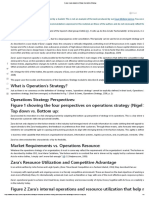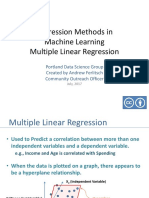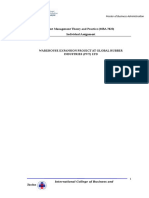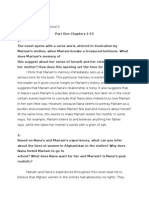0% found this document useful (0 votes)
261 views12 pagesLogistics Industry Digital Shift
The document compares Delhivery, a logistics unicorn in India, to its competitors DHL, Bludart, and Shadowfax. It provides an overview of the logistics industry in India and discusses how digital transformation is impacting logistics through technologies like artificial intelligence, real-time supply chain visibility, and blockchain. The document then presents a comparative study analyzing Delhivery and its competitors on various business parameters and highlights major findings from the analysis.
Uploaded by
Savita naikCopyright
© © All Rights Reserved
We take content rights seriously. If you suspect this is your content, claim it here.
Available Formats
Download as DOCX, PDF, TXT or read online on Scribd
0% found this document useful (0 votes)
261 views12 pagesLogistics Industry Digital Shift
The document compares Delhivery, a logistics unicorn in India, to its competitors DHL, Bludart, and Shadowfax. It provides an overview of the logistics industry in India and discusses how digital transformation is impacting logistics through technologies like artificial intelligence, real-time supply chain visibility, and blockchain. The document then presents a comparative study analyzing Delhivery and its competitors on various business parameters and highlights major findings from the analysis.
Uploaded by
Savita naikCopyright
© © All Rights Reserved
We take content rights seriously. If you suspect this is your content, claim it here.
Available Formats
Download as DOCX, PDF, TXT or read online on Scribd
/ 12





